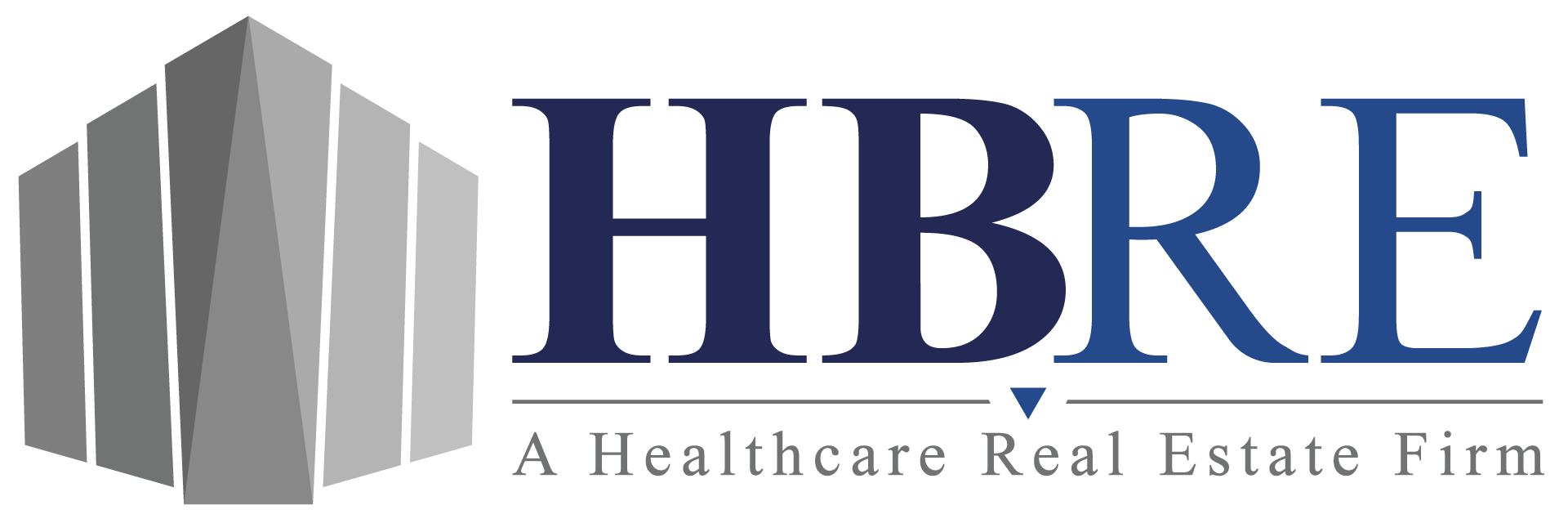A new year is right around the corner, and commercial real estate (CRE) experts have been reviewing highly anticipated CRE trends. Will the expansion phase continue to gain momentum or come to a screeching halt? Are CRE trends indicating any specific investment strategies that will yield higher returns than others? What will the coming year bring for the medical office building (MOB) sector? There are plenty of questions in play, but one thing is certain: CRE trends are looking up in 2020.
CRE Trends and the Continued Expansion Phase
The market has maintained a surprisingly lengthy expansion phase for several years. Current projections suggest continued, yet more moderate growth in 2020. With the presidential election on the horizon and trade negotiations up in the air, there may be a few headwinds that slow CRE growth. But if the strong economy and job market are indications, a favorable CRE outlook is in the pipeline.
One source explains that tax rates and business-related laws will have a significant impact on which cities thrive most in the coming year. Of course, areas with lower tax rates are likely to come out ahead. These, along with business-friendly states, are the areas with the best chances of seeing continued expansion.
Investment Strategies in 2020
CRE information resource Globest mentions some specific investment strategies to consider in 2020. Selling industrial properties for top dollar is first on their list. With the increased popularity of e-commerce, warehouse space and distribution centers are hot commodities. Cap rates have also ranged from 1.5% to 2% in the last year and a half. Now might be the right time to sell.
Investors may also want to consider investing in rundown retail space, making some necessary improvements to the property. Some shopping malls are even selling in the cap rate range of 7%-10% or higher. These properties are not currently the most popular properties to own, and many have a steeply discounted net value. These types of retail CRE properties are great for an opportunistic portfolio.
Among other strategy suggestions, Globest also suggests investing in CRE data analytics companies. With CRE’s continued growth, these companies are also able to expand, buying out smaller companies and growing their customer base. Investment suggestions like these are tell-tale signs of the projected strength of the CRE market in the year to come.
The Medical Sector
The future of MOB is still heading in a positive direction. This sector has gained momentum over the last several years, and the aging baby boomer generation is further raising the demand for more MOBs. But there are a few other key points to consider in this sector.
In the third quarter of 2019, single-tenant, net-leased MOBs decreased to 6.45%, a total drop of 2 basis points. Many hospital systems are merging with smaller practices. In 2012, physicians owned 50% of practices, and that number decreased to 31% in 2018. This is a noteworthy CRE trend for investors.
MOB investments will continue to be a favorable choice among investors. With the rise of e-commerce, investors will want to invest in properties that can resist the shift from physical to digital space. And since the demand for medical facilities still outweighs the supply, many investors may jump on board with these “safer” investments.
CRE trends suggest more positive growth in the year to come. Market expansion, strategic investment options, and a promising outlook for the medical sector all point to the strength of the economy and business. HBRE is looking forward to seeing these CRE trends come to fruition in 2020.
If you are interested in learning more about investing in commercial real estate, or if you have questions about buying, selling, or leasing a commercial property, please contact an HBRE advisor. Our team of experienced CRE professionals have the skills and insight to assist with all property transactions. To reach out to us directly, email [email protected] or call 615-564-4133.




